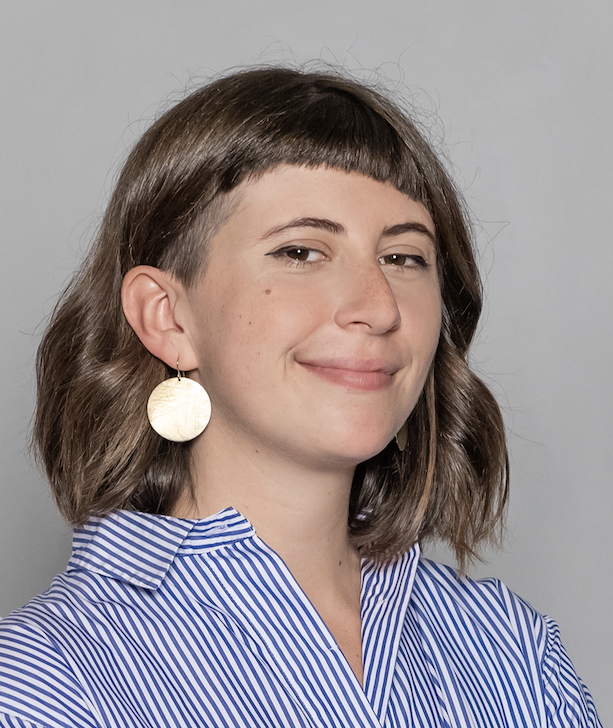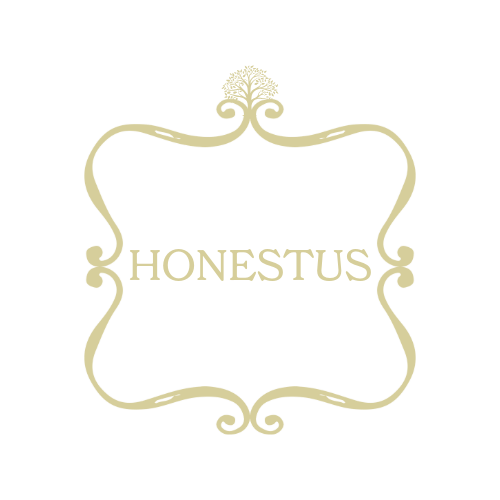Anna Paterlini is the Co-Founder of NEWU, a creative consulting agency based in Rome, Italy that specializes in the phygital approach. Before working on creative projects with brands like Prada and Google, Anna began her career in archaeology where her passion for impact-driven grew. She shares in this interview how she blended her archaeological background with her current work in marketing and communication. Anna’s journey offers valuable insights for anyone looking to pivot careers and find their niche.
Where were you born and raised?
So, I am originally from Brescia, which is a city in the north of Italy, it’s about an hour away from Milan, in Lombardia. I spent the first 19 years of my life there, my entire family tree is from Brescia.

How did your environment influence your interests?
I did a classical high school, which in Italy means that I got to study Latin and ancient Greek and a lot of Italian literature, philosophy, and history. Then I decided to go on and study what in Italy is called, Scienze dei Beni Culturali, which is like cultural heritage, but with a specific focus on archaeology. To do that, I moved to Trento, which is a small town even further north. I decided to go there because they had a very good department of antiquities. The head of the department for archaeology in Trento back then, she’s now retired, is one of the most important archaeologists that has studied Pompeii.
What drew you to archaeology?
Archaeology always fascinated me, especially because of my classical background when I studied a lot of ancient history and antiquities. Archaeology seemed like a good balance between intellectual work and practical experience. But honestly, when I signed up for archaeology, I probably had no idea what an archaeologist truly does, like most people. I’m still very passionate about the science of it. I think that archaeology is probably the most democratic science you can find and it tells the story of people that didn’t really have a voice in history.
What was your experience in archaeology like?
I spent two years in Trento which were very fun. We went on a lot of field trips, but what was pivotal for me was my first mission abroad. We went on a dig in Tunisia, where the goal was to do landscape archaeology to study Roman farms and the development after the end of the Roman Empire in North Africa. That’s when I realized that archaeology, that type of archaeology, is really not for me. I started to have some doubts about the career because I couldn’t really get excited by archaeology without putting it into a framework. A lot of archaeologists get excited just by looking at pottery, and I didn’t get that. I get more excited about trying to create a story and see what impact there is.
I did my Erasmus during my last year of university in the Netherlands. I was there for six months, which was very eye opening because the university abroad compared to the Italian system is very different. There is a lot more practice. I studied subjects that you don’t typically study in Italy, like archaeobotany and archaeozoology. I was looking at animal bones and pollen which are very hard technical subjects. I took that experience into my thesis which was on dromedary bones found in a medieval farm in North Africa. By analyzing the skulls, we were able to determine evolutions of the landscape in the area after the end of the Roman Empire. That discovery had a significant impact on the reconstruction of roads in that area, and the analysis was published 10 years later.
After that experience, I wanted more from archaeology- something that had more of an impact on the real, contemporary world. I felt that what I was doing only made other archaeologists happy, and it didn’t seem to have a broader impact. I moved to London and did a master’s at UCL in Public Archaeology. The goal of public archaeology is to create a better connection between archaeology and non-archaeologists, like the public and communities. I got into archaeology for economic development, focusing on how archaeology can become an asset in turning around local economies.
During my master’s, I met Richard Hodges, one of the most important medieval archaeologists in the world. He offered me a job at the American University of Rome, where I worked on multiple projects, including raising funds from foundations for archaeology-related projects. I also worked on the Herculaneum Conservation Project, which aimed to understand tourist behavior at Herculaneum versus Pompeii. But while doing all this, I realized that public funding required a lot of patience. At that point in my life, I wanted more immediate results.
I had to choose between pursuing a PhD in archaeology or focusing more on marketing and communication. I decided to do an MBA online in marketing while still working at the university. This allowed me to structure my CV differently and transition into the creative world. I joined Urban Vision, a media company that restores premium buildings and monuments and uses the scaffolding for advertising. It was the perfect blend of my archaeology background and business skills. While there, I also started working with startups and experimenting with digital interactions, which eventually led to founding my own company, NEWU.
Where do you see the influence of archaeology in your current work with new? How has your background shaped your approach to marketing and communication?
I still do pro bono consultancy for archaeological sites, like the Aventinus Minor Project with AUR and public archaeology in Jerash, Jordan. Archaeology gave me a broad understanding of human behavior, which is invaluable in marketing. Whether it’s promoting an ancient site or a modern product, the approach is similar. If you can make something as challenging as archaeology appealing, you can market anything.
Could you tell me more about NEWU and the phygital approach?
NEWU is a consultancy, not a traditional advertising agency. We have a model based on four programs that clients can buy for a particular service. The programs include Breakfast Club for education, Maverick for strategy and creativity, On the Road for production and project management, and Space Odyssey for open innovation. Our projects often have a technological element, and we focus on creating innovative experiences with the phygital approach. For one project we developed a sound shirt for an artist’s album launch in partnership with Spotify, which allowed deaf people to experience music through their bodies. It was very emotional seeing these people try the product. Even for people who were just fond of the artist, it was powerful being able to listen to the music and feel it on your body.
What advice would you give to someone looking to shift careers and find their niche, based on your own journey?
First of all, don’t worry too much. It’s natural to feel out of place when moving into a new industry, but that means there’s room for growth. Networking is crucial. Reach out to people, even if you don’t know them, and ask for advice. Conversations can provide valuable perspectives and help build a new network. When I transitioned from archaeology to advertising, those conversations were incredibly helpful. So I think that first of all, don’t worry too much because hopefully if you’re destined to a career that involves a lot of growth, you’re always going to find yourself a little bit out of place.
